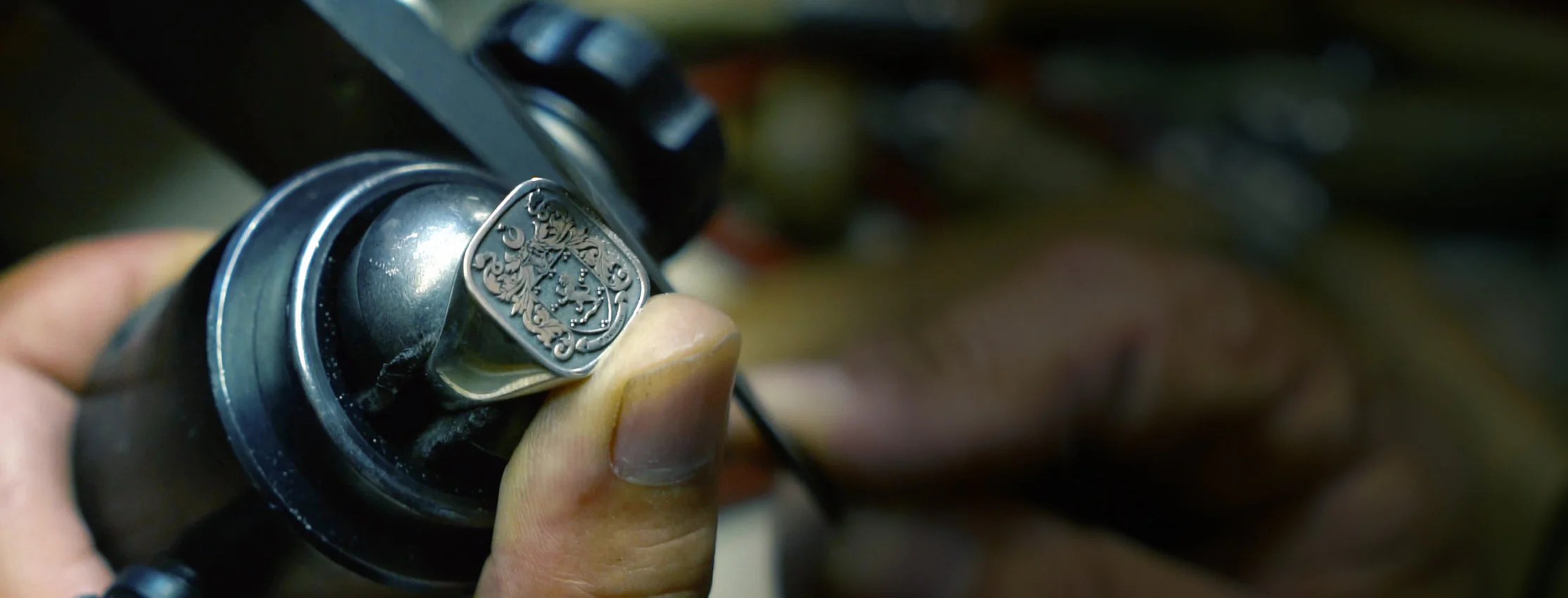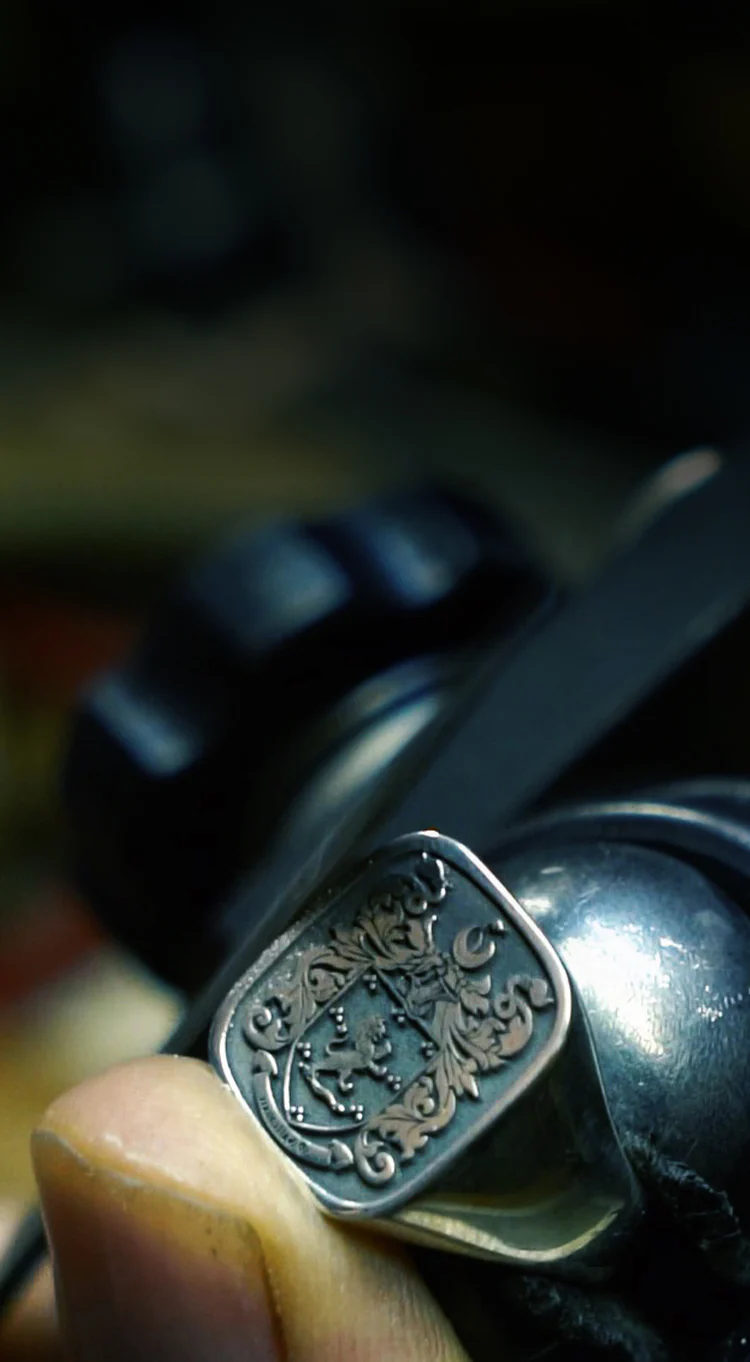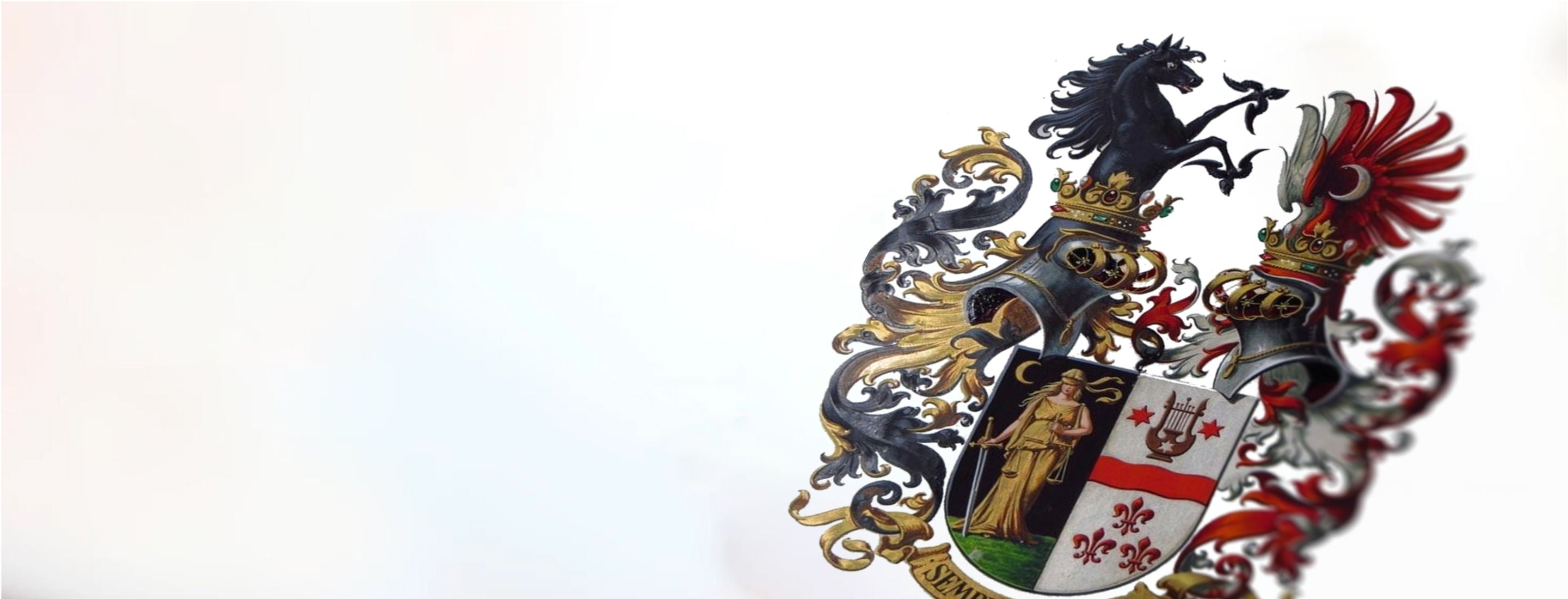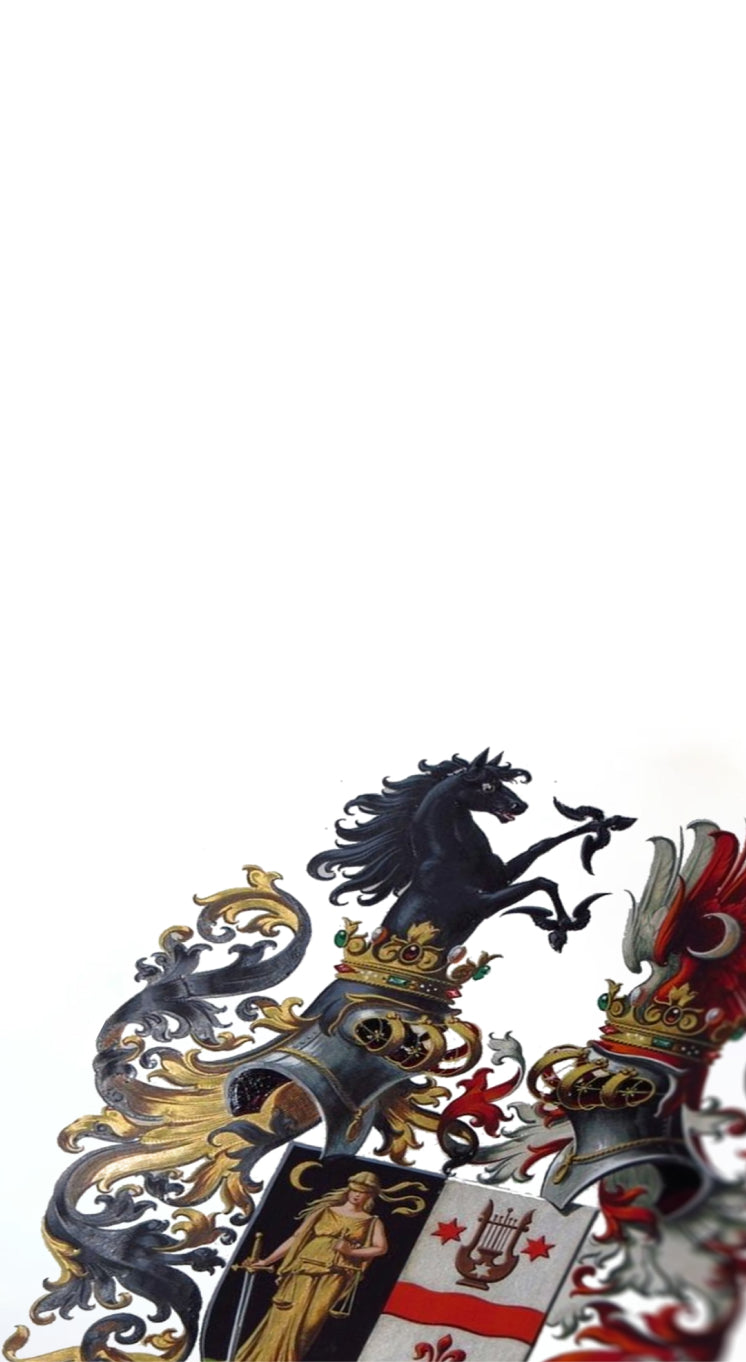
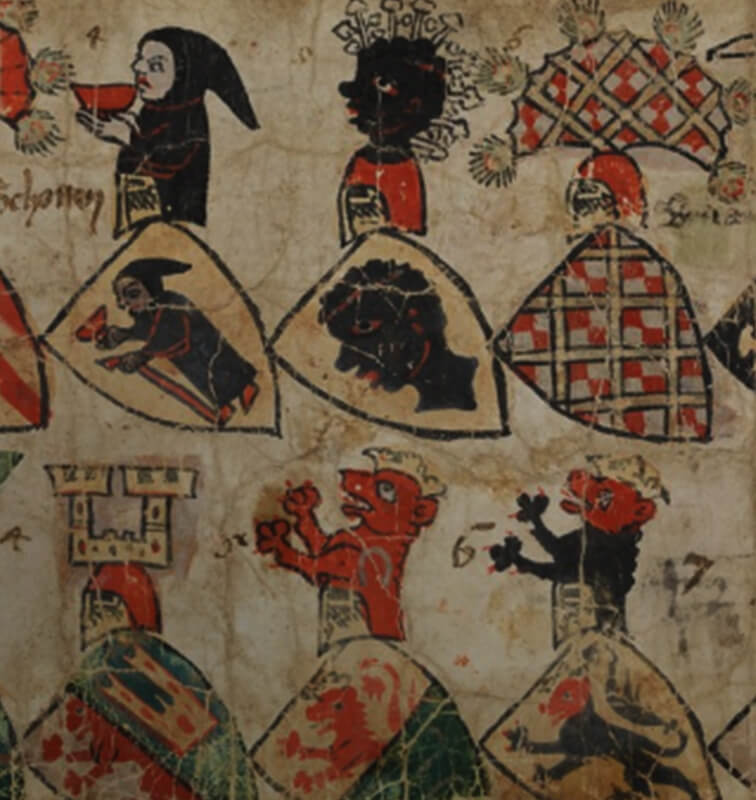
The Genesis of English Heraldic Records
The early English "Rolls of Arms," first compiled around 60 years post the reign of Richard the Lionheart, mark a pivotal era before the establishment of a formal Herald's college. These collections, enriched by the endeavors of heralds and scribes, served crucial roles at jousting tournaments and noble assemblies, aiding in the recall of heraldic identities. England's wealth of these historical documents is unmatched, boasting records from the mid-13th century, a stark contrast to Scotland’s heraldic archives which commence only in the 16th century.

The Falkirk Roll and the Heraldry of Battle
The Falkirk Roll, an early heraldic record, catalogues the arms of the 111 knights who fought under Edward I at the Battle of Falkirk in 1298. Organized by their position in the vanguard or one of the four "battles," or divisions of the army, these arms adorned the banners of England's medieval elite. As they advanced against the Scots led by William Wallace, the battlefield would have been a spectacle of color and nobility, featuring prominent names like Percy of Northumberland and the Earl of Oxford, De Vere.
The Heraldic Grandeur of the Siege of Caerlaverock
Dating back to the reign of Edward II around 1312, The Great Parliamentary or Bannerets Roll stands out in heraldic history, cataloging the names and arms of 1,120 individuals by county. Notably, the Siege of Caerlaverock Roll, penned in the heraldic tongue of Norman French, offers an enthralling account of the 1300 siege by King Edward I. This detailed roll captures the grandeur of 87 banners and 106 coats of arms, underscoring heraldry's crucial role in medieval warfare. It reveals the meticulous management of heraldic symbols, essential for battlefield recognition, alongside fascinating personal disputes and alliances among knights, such as the storied contention over the arms between Brian FitzAlan and Hugh Pointz, and the dynastic heraldry of Ralph de Monthermer and John de Cromwell, which illustrate the personal and political intricacies of heraldic identity.


The Linguistic Tapestry of Heraldry in Edward I's England
During Edward I's reign in England, French not only dominated courtly conversations but also significantly shaped heraldic terminology. Terms like "Argent" for silver and "Azure" for blue were everyday language within the court. The blazon, or the language of Heraldry, evolved as a specialized artistic dialect necessary to precisely describe heraldic shields. Gerald J. Brault, a noted American heraldic expert, highlights the fluidity and evolving nature of these terms in Edwardian rolls, illustrating the early complexities and inconsistencies in heraldic description as artisans sought to standardize the visual language that articulated nobility and knightly lineage.

The Evolution of Heraldic Rolls in Medieval Europe
As the Middle Ages progressed and heraldic designs proliferated—reaching an astonishing 800,000 by the period's end—heralds and court clerks began to systematize these emblems by creating heraldic rolls. Gerald J. Brault’s research highlights these collections, which vary from vividly painted scrolls to meticulously detailed textual descriptions in heraldic language. With about 350 of these medieval armorials still extant, containing roughly 80,000 coats of arms, the era of Edward I shines as a heraldic golden age, marking a peak in the tradition not only in England but across Western Europe.

The Tapestry of Heraldic History Across Europe
The heraldic tradition in medieval Europe extended far beyond England, encompassing diverse regions with their own unique rolls. Among these, the Wijnbergen Roll from around 1280, showcases the arms of French vassals and North European nobles, painted in vibrant colors and accompanied by French text. Similarly, the Codex Manesse, created in Zurich for the Manesse family, and the Zurich Wappenrolle, both from the early to mid-1300s, offer rich illustrations of regional coats of arms. These artifacts, though unofficial, were crafted by skilled heralds and artisans at the behest of their patrons, capturing the heraldic spirit of their times. Copies of these precious rolls are preserved in museums worldwide, testament to their enduring historical value.


The Rich Tapestry of Medieval Heraldic Rolls
Heraldry, the art of hereditary devices centering on shields, burgeoned by the late Middle Ages, cataloging around 800,000 coats of arms. These arms were essential not only for battlefield identification but also served as legal marks on seals and property. This vast array of heraldic devices was meticulously recorded in numerous armorials or heraldic rolls from Great Britain. Key examples include the Heralds Roll, Dering Roll, and Camden Roll, among others, with many illustrated in vivid colors. These rolls documented the heraldic symbols of nobles from across Europe, reflecting the diverse influences at King Edward’s court.

The Rise of Heraldry Amidst Medieval Conflict
In 1297, William Wallace famously led the Scots against Edward I, marking an intense period that culminated in Wallace's execution in 1306. Shortly thereafter, Robert de Bruce seized the Scottish throne, a pivotal moment preceding Edward I's death in 1307. Throughout these battles, heralds played crucial roles, both on and off the battlefield, identifying combatants and recording their arms in rolls that became essential for distinguishing friend from foe. Originally announcers at tournaments, heralds gained importance, evolving into figures of authority and record-keepers of heraldic science. Their meticulous documentation in Heraldic Rolls, comprising detailed lists of knights and their armorial insignia, elevated heraldry from mere tradition to a regulated science, reinforcing its significance in medieval society.

Shop Our Products
